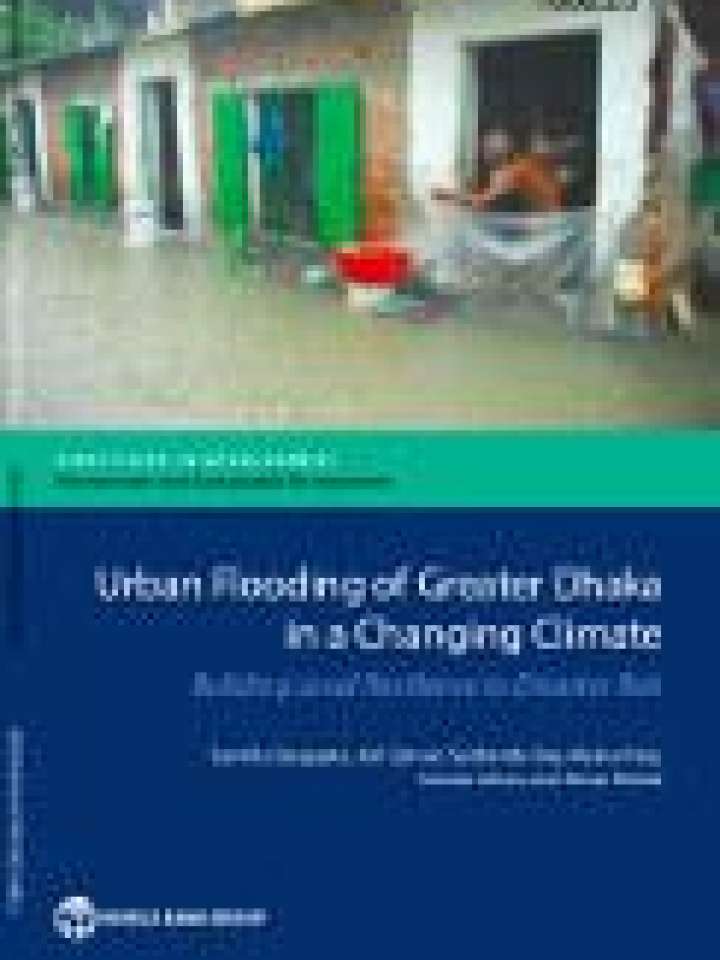Urban flooding of Greater Dhaka in a changing climate: building local resilience to disaster risk
This study’s overall aim is to provide local decision-makers an effective planning approach for minimizing the damage risk of rainfall-induced urban flooding in Dhaka in a changing climate. Specific objectives are to assess the vulnerability of the Greater Dhaka area to urban flooding and waterlogging, estimate probable economic damage due to climate change, develop structural adaptation measures, evaluate the reduction in economic damage resulting from implementing these measures, and estimate their cost.
The study comprises four main activities: (i) hydrological modeling and development of adaptation measures, (ii) spatial ranking of flood vulnerability, (iii) evaluating expected damage from flooding, and (iv) estimating adaptation costs. This book is divided into two major parts: study methods (part 1) and results (part 2). Part one is organized into four chapters. Chapter two presents the conceptual framework for the hydrological modeling study and the method and processes used to model future scenarios. Chapter three presents the seven model setups for the detailed study area. Chapter four describes the method used to assess the modeled areas’ relative vulnerability to urban flooding, while chapter five explains the method used to estimate their economic damage. Part two, also organized into four chapters. Chapter six provides the study results for each of the seven modeled areas, while chapter seven summarizes the overall study results for Dhaka city. Chapter eight turns to the secondary flood-mitigation measures that can complement the recommended conveyance-centric solutions. Chapter nine suggests a way forward.
Explore further
